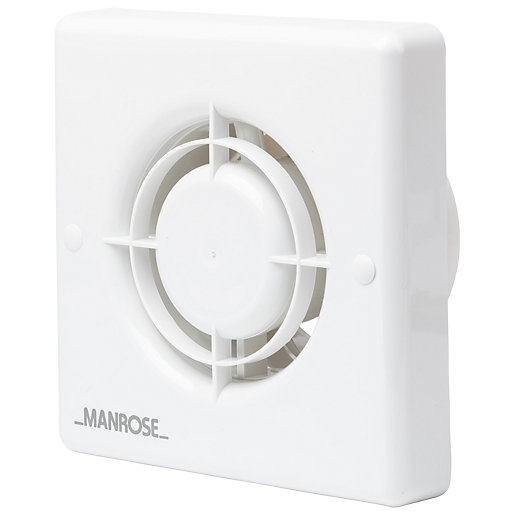- Joined
- 5 Oct 2021
- Messages
- 20
- Reaction score
- 2
- Country

Hi,
I had no joy with this on another forum so I thought I'd share it here. I wouldn't call it a plastering or rendering issue but this forum seems to contain all the posts about it so here I am.
I live in a terraced house, two up, two down, with a galley kitchen. Years ago this house had a bathroom extension added to it. When it's cold outside, condensation tends to form inside the bathroom. This creates black patches which do wipe off but are still a pain (this shows itself primarily on the inside of the two exterior walls, and the ceiling) - also, the grout and silicon turns black. Years ago we had an extractor fan fitted that runs when the light turns on, but that didn't fix the problem. We've been running a dehumidifier but that's not a solution. I wish to renovate the bathroom - put in a new suite and tile all the walls, but I don't want to if the damp keeps coming back.
I believe the extension is a brick and block cavity wall (this can be seen by the fact that sometimes when it's really damp, you can see the outline of the blocks formed by the moisture on the far wall over the bath). However, measuring the width of the wall from external brick to the skim coat of plaster is 230mm.
So, I expect that gives us:
102.5mm brick width
100mm 4" block width
10mm backing plaster/skim coat
-----
212.5mm
This leaves a measly 17.5mm for a cavity. Now, I've been told before that the cavity wasn't filled but saw the system used on certain building sites where small pieces of insulation have been pumped in. I was hoping to do the same but would it really make any difference? My wife tells me that some tradesman told her years ago that the cavity was too small to insulate. Is there any other solution? I could bash all the plaster off, tank it, and affix tiles on waterproof/insulated backing board, but I still don't think that would solve the primary cause of the problem - the disparity between the cold surfaces and the warm, moist air that cause the condensation in the first place.
Also, I doubt there's insulation in the roof, either.
Thanks for any and all help!
I had no joy with this on another forum so I thought I'd share it here. I wouldn't call it a plastering or rendering issue but this forum seems to contain all the posts about it so here I am.
I live in a terraced house, two up, two down, with a galley kitchen. Years ago this house had a bathroom extension added to it. When it's cold outside, condensation tends to form inside the bathroom. This creates black patches which do wipe off but are still a pain (this shows itself primarily on the inside of the two exterior walls, and the ceiling) - also, the grout and silicon turns black. Years ago we had an extractor fan fitted that runs when the light turns on, but that didn't fix the problem. We've been running a dehumidifier but that's not a solution. I wish to renovate the bathroom - put in a new suite and tile all the walls, but I don't want to if the damp keeps coming back.
I believe the extension is a brick and block cavity wall (this can be seen by the fact that sometimes when it's really damp, you can see the outline of the blocks formed by the moisture on the far wall over the bath). However, measuring the width of the wall from external brick to the skim coat of plaster is 230mm.
So, I expect that gives us:
102.5mm brick width
100mm 4" block width
10mm backing plaster/skim coat
-----
212.5mm
This leaves a measly 17.5mm for a cavity. Now, I've been told before that the cavity wasn't filled but saw the system used on certain building sites where small pieces of insulation have been pumped in. I was hoping to do the same but would it really make any difference? My wife tells me that some tradesman told her years ago that the cavity was too small to insulate. Is there any other solution? I could bash all the plaster off, tank it, and affix tiles on waterproof/insulated backing board, but I still don't think that would solve the primary cause of the problem - the disparity between the cold surfaces and the warm, moist air that cause the condensation in the first place.
Also, I doubt there's insulation in the roof, either.
Thanks for any and all help!

